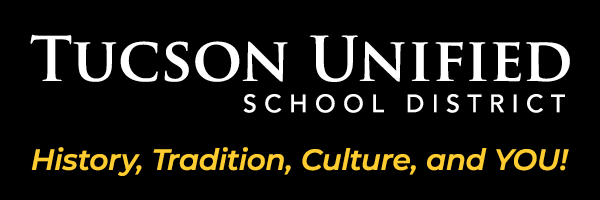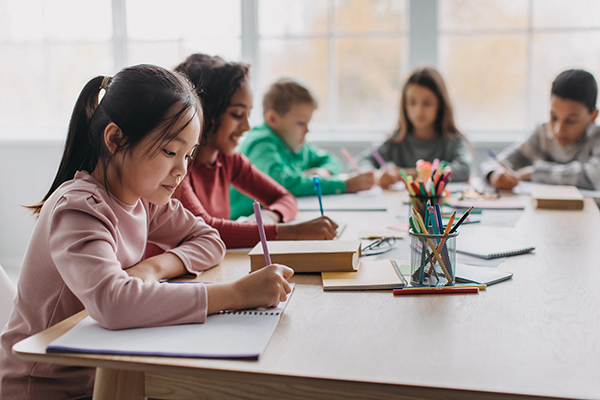1st Grade ELA Course
Question 1: How can I use reading to learn about the world?
Question 2: How can I write to show what I know?
As we begin first grade, we review the reading foundational skills we learned in kindergarten and routines that help us master new reading and writing skills. First grade is a year filled with literacy activities, both collaborative and independent. We are building a community of learners while practicing skills that can be used in many contexts.
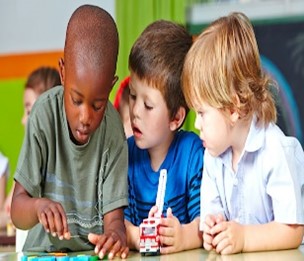
We continue learning about phonics and understanding how letters represent sounds. We build our “bank” of high frequency words we can read and write. In this unit we explore how living things change as they grow. We learn about plant and animal life cycles and read stories with animal characters that grow and change.

In this unit, we learn more about short vowel sounds, making new words as we change a consonant or vowel. We also learn how adding an ending like “-ing” or “-s” to a word can change the word’s meaning. We read fairy tales, fantasies and realistic fiction to learn how characters face challenges and how we can make responsible choices and help one another.
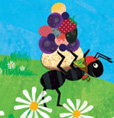
We find out about special letter blends that may be at the beginning or end of a word. Sometimes the sounds can be hard to hear (like the “l” in help), but we learn to listen carefully and think of the patterns used to spell. Our learning will focus on citizenship and how to be a responsible community member. In a community, people work together to make life safe and enjoyable.
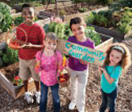
We learn that some letter combinations work together to spell one sound (th, ch, sh). These patterns may be at the beginning or ending of a word and can give us more ways to share what we know. We enjoy realistic and fantastical stories as we learn to think about actions, events and settings from the perspective of others. We become narrators of our own stories, writing stories from our lives.
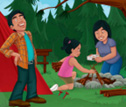
We learn about some letters that represent more than one sound. For example, the letters “c” and “g” have “soft” sounds in some words (city, gym). While the rules of English seem random, we learn there are predictable patterns. We discuss how technology helps us work quickly and efficiently to complete tasks; learning ways people all over the world use technology to solve problems and improve our lives.
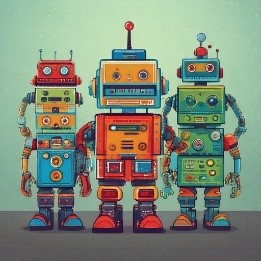
We will learn about final or silent e and how it can change the sounds of other vowels in a word. We continue to work on more reading of text and writing to share our thoughts and learning. Through reading of fables, folktales and realistic fiction, we will learn the importance of teamwork and how others can help us solve problems.
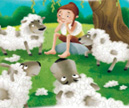
We will learn about different spelling patterns that are used to represent long vowel sounds in words (for example, long I can be spelled with “i”, “y” or “igh”). We will learn about features such as pictures and captions that help us learn more from a text. We will explore how school and life have changed over time and think about what the future might hold.
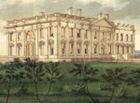
The letter “r” can be very “bossy”, changing the sound of vowels nearby. We will learn how to select the best vowel-r pattern to spell words we want to write. In this unit, we will develop knowledge about the Earth, sun, moon and the stars as we learn about cultures that tell stories from their observations of the sky.

We build our knowledge of syllables that will help us pronounce words and hear the “chunks” of words we want to write. Did you know that every syllable has a vowel? This understanding is central to reading longer words. In our study of economics, we will learn about goods and services and why people in communities trade as an essential part of their lives.

Letters can be tricky! We will learn about how some letter may be “silent” and other letters can represent unexpected sounds in words. We will explore energy in the form of sound, light and heat as we use our senses to observe the world. Through stories and informational text, we will compare and contrast concepts and text features.

We are here to equip, inspire and enrich the strengths of all learners with relevant educational experiences for lifelong learning.
Every day we strive to provide a world-class education that is equitable, empowering and inspiring for all.
Learn more about our programs & resources.
C&I Department
520-225-6282
1010 E. Tenth St., Tucson, AZ 85719 Map (google.com)
